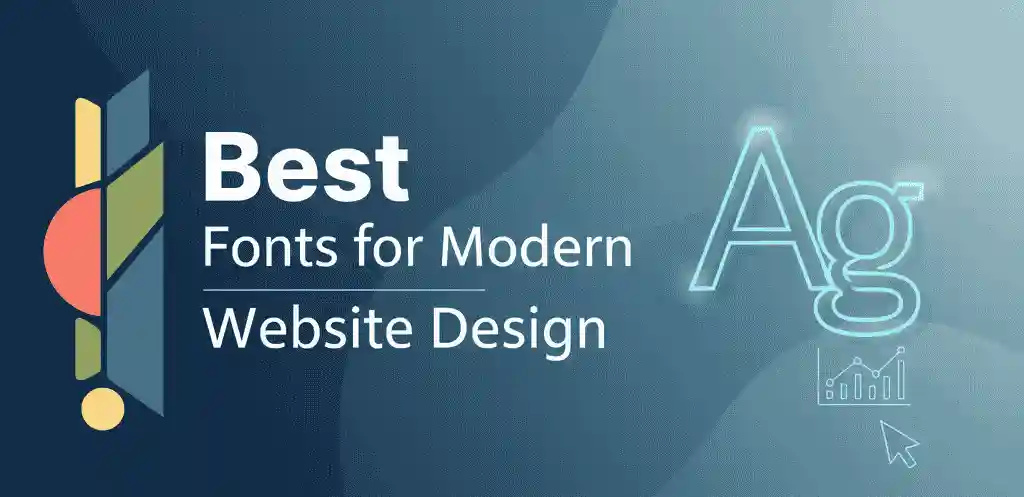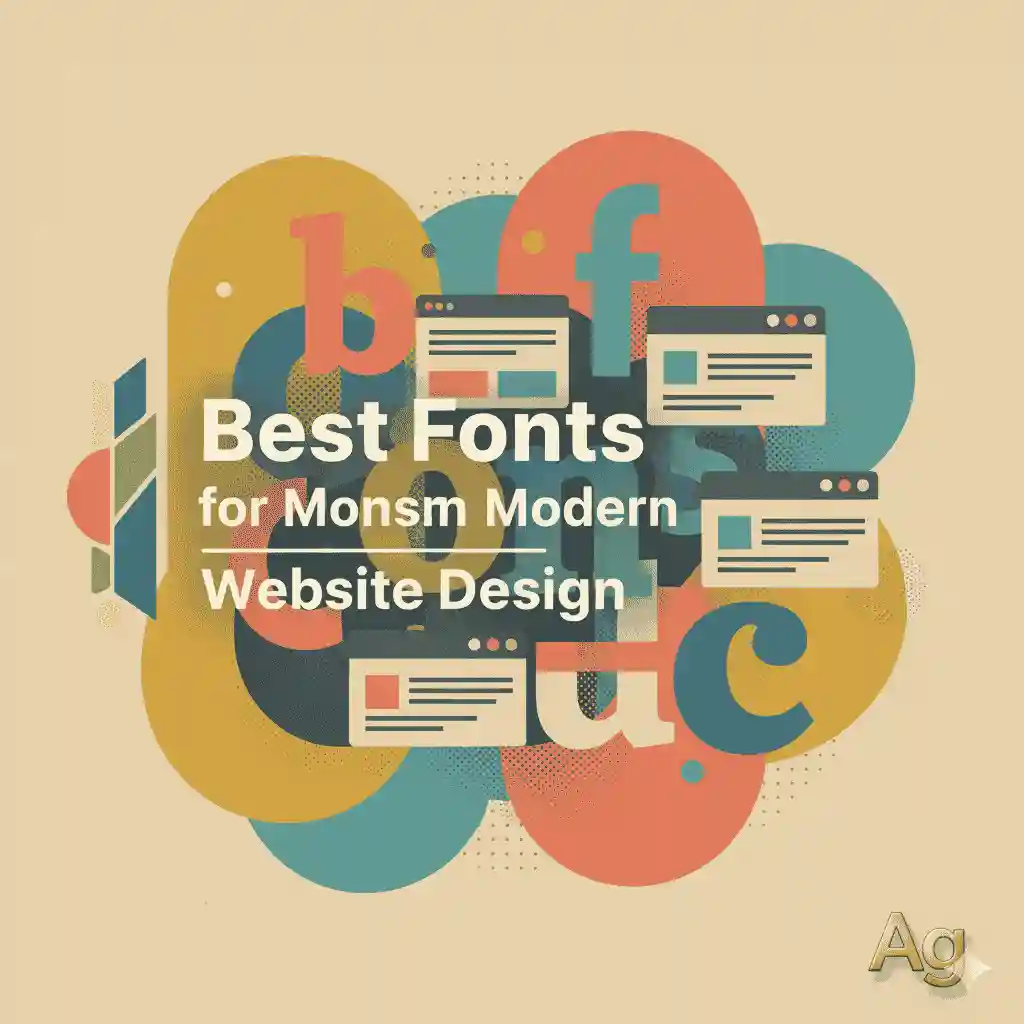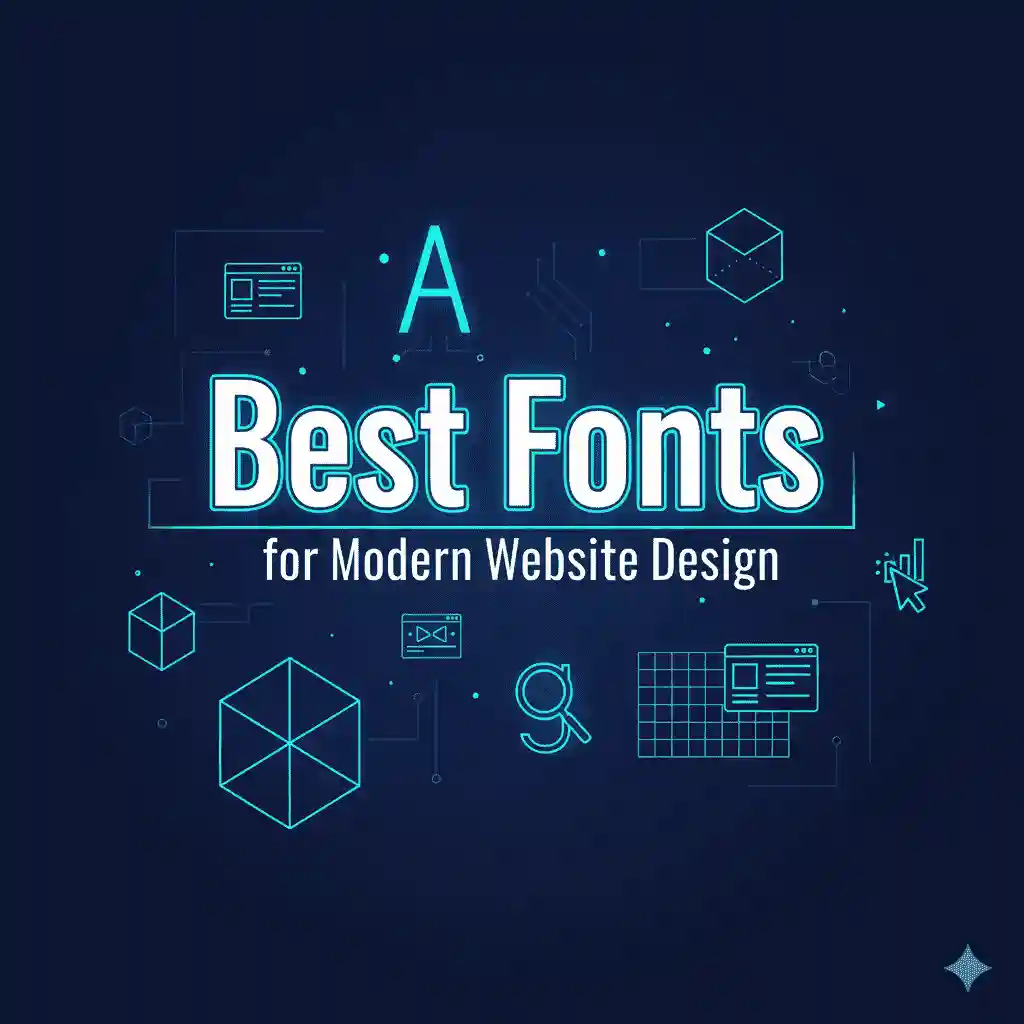Table of Contents
- Introduction
- Why Font Choice Matters in Modern Web Design
- Key Characteristics of Fonts That Work Best for Websites
- Readability & Legibility
- Versatility (Weights, Styles, Responsive)
- Performance & File Format
- Brand Personality & Emotional Impact
- Top Font Styles & Trends in 2025-2026
- Sans Serif & Geometric Types
- Elegant & Screen-Friendly Serifs
- Display & Statement Fonts
- Handwritten, Brush & Organic Typefaces
- Variable Fonts & Color Fonts
- How to Pair Fonts Effectively
- Recommended Fonts from Edric Studio
- Implementation Tips: Best Practices for Using Fonts on Your Website
- Conclusion
1. Introduction

In a digital space where first impressions matter, the fonts you choose for your website can make or break the user experience. Fonts are not just decorative—they influence readability, user engagement, brand perception, and even conversion rates. In this article, we explore what makes the best fonts for modern website design, review current trends, show how to pair fonts, and spotlight some excellent options—especially from Edric Studio.
2. Why Font Choice Matters in Modern Web Design
- User Experience & Readability: Poor font choice (too decorative, too thin, bad contrast) frustrates users. Studies show font style, size, line spacing and other typographic decisions significantly affect readability and comprehension. Mediumspy cemedia.com
- Brand Identity & Emotional Impact: Fonts carry personality. A sans serif might feel modern, clean, minimal; a serif can feel elegant, trustworthy. Using fonts aligned with your brand message enhances consistency and helps build trust. Designmodo spycemedia.com
- Performance & Responsiveness: Web fonts affect page load times. Choosing formats like WOFF2, limiting number of weights/styles, using proper fallbacks matter. Also, mobile usage demands typefaces that scale well. fontspring.com arounda.agency
3. Key Characteristics of Fonts That Work Best for Websites

3.1 Readability & Legibility
- Large x-height, open counters, distinct letterforms
- Adequate line spacing, ideal letter spacing (kerning/tracking)
- Good contrast with background
3.2 Versatility (Weights, Styles, Responsive)
- Multiple weights (light, regular, bold, etc.)
- Italics, condensed, wide versions where needed
- Font that works across desktop / tablet / mobile
3.3 Performance & File Format
- Use web-optimized formats: WOFF, WOFF2
- Only include the styles/weights you need to avoid bloat
- Consider variable fonts (one file for multiple weights/styles)
3.4 Brand Personality & Emotional Impact
- Is your brand modern and sleek, playful, artistic, or traditional?
- Font choice should reflect that personality
- Fonts subtly shape how visitors perceive the tone of your site.
4. Top Font Styles & Trends in 2025-2026
Here are some of the strongest trends in type design/web typography right now:
4.1 Sans Serif & Geometric Types
Clean, minimal, often geometric sans serifs remain favorites for their versatility. They work well for body text, navigation, UI elements.
4.2 Elegant & Screen-Friendly Serifs
Serifs are making a comeback in digital using high contrast but designed for clarity. Screen-optimized serifs for headings or brand identity are on trend.
4.3 Display & Statement Fonts
Used sparingly—hero sections, headings, large titles. Bold, expressive, sometimes experimental. Great to grab attention.
4.4 Handwritten, Brush & Organic Typefaces
Fonts with “human touch”: brush strokes, imperfect edges, calligraphy, hand-lettered styles. They add warmth and individuality.
4.5 Variable Fonts & Color Fonts
Fonts that adapt: variable fonts offer weight/width/optical size axes, reducing loading. Color fonts bring vibrant display effects.
5. How to Pair Fonts Effectively
- Contrast is key: Pair a serif with a sans serif, or a display with a more restrained typeface.
- Limit your font families: 2–3 font families usually suffice (heading, body, display/accent).
- Maintain consistency: same hierarchy, alignment, spacing across pages.
- Test in context: preview how the fonts look in headlines, paragraphs, buttons, navigation, across devices.
6. Recommended Fonts from Edric Studio

Here are some fonts from Edric Studio that align well with modern web design trends. These would work nicely either as main text, headings, or display accents.
- The Champ Sans Serif Fonts — a clean, modern sans serif family great for headings or body text. edricstudio.com
- Battlesbridge Display Font — bold, eye-catching display font, ideal for hero titles or large banners. edricstudio.com
- Gladiator Arena Modern Display Font — strong, modern display style, good for brands wanting an impact. edricstudio.com
- Aghnesta Font Trio Family — versatile font duo/trio; combinations of clean sans serif + decorative/handwritten style can help you get that contrast across your headings and accents. edricstudio.com
- Angel Valley Calligraphy Font — best used for accent elements: quotes, logos, decorative headers—use sparingly for maximum effect. edricstudio.com
You could, for example, pair The Champ Sans Serif for body text with Battlesbridge Display for headings, combining readability with visual punch.
7. Implementation Tips: Best Practices for Using Fonts on Your Website
- Font size & spacing: Body text typically should be at least ~16px on desktop; adjust for mobile. Line height ~1.4–1.6 for comfort.
- Web font loading strategy: Use font preloading, font subsets, or system-font fallbacks to reduce layout shifts.
- Accessibility: Ensure sufficient contrast; avoid using decorative/display fonts for body text; make sure non-text content scales.
- Hierarchy & visual order: Use different weights/sizes for headings, subheadings, body, captions. Use font style (bold/italic) to highlight.
- Performance monitoring: Keep an eye on page load speed; too many heavy font files = slow site + worse SEO.
8. Conclusion
Choosing the best fonts for modern website design is more than an aesthetic choice—it’s central to how visitors read, engage, and perceive your brand. By emphasizing readability, embracing current trends (sans serif, elegant serifs, variable & display fonts), and using fonts that reflect your brand’s personality, you can create a site that looks modern and performs well.
If you’re searching for fonts that blend style, versatility, and modern sensibility, check out our collection at Edric Studio. With options like The Champ Sans Serif, Battlesbridge Display, and Aghnesta Font Trio, you have tools to craft a website design that stands out.